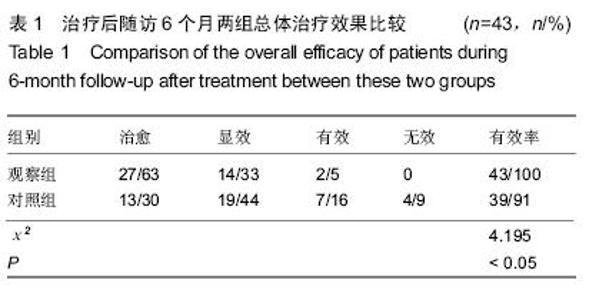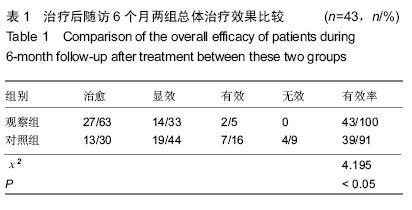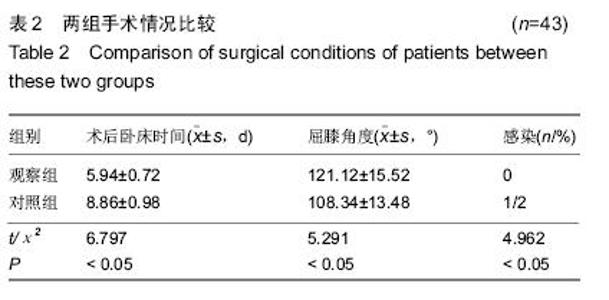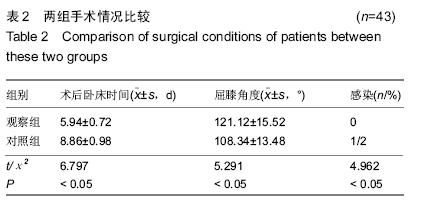Chinese Journal of Tissue Engineering Research ›› 2016, Vol. 20 ›› Issue (3): 319-323.doi: 10.3969/j.issn.2095-4344.2016.03.003
Previous Articles Next Articles
Effect of antibiotic-loaded bone cement on erythrocyte sedimentation rate, C-reactive protein level and joint function of patients undergoing total knee arthroplasty
Li Guo-hua, Ding Li-ming, Zhang Bin, Qiu Jing, Liu Han
- the People’s Hospital of Donge Country in Shandong Province, Donge 252201, Shandong Province, China







